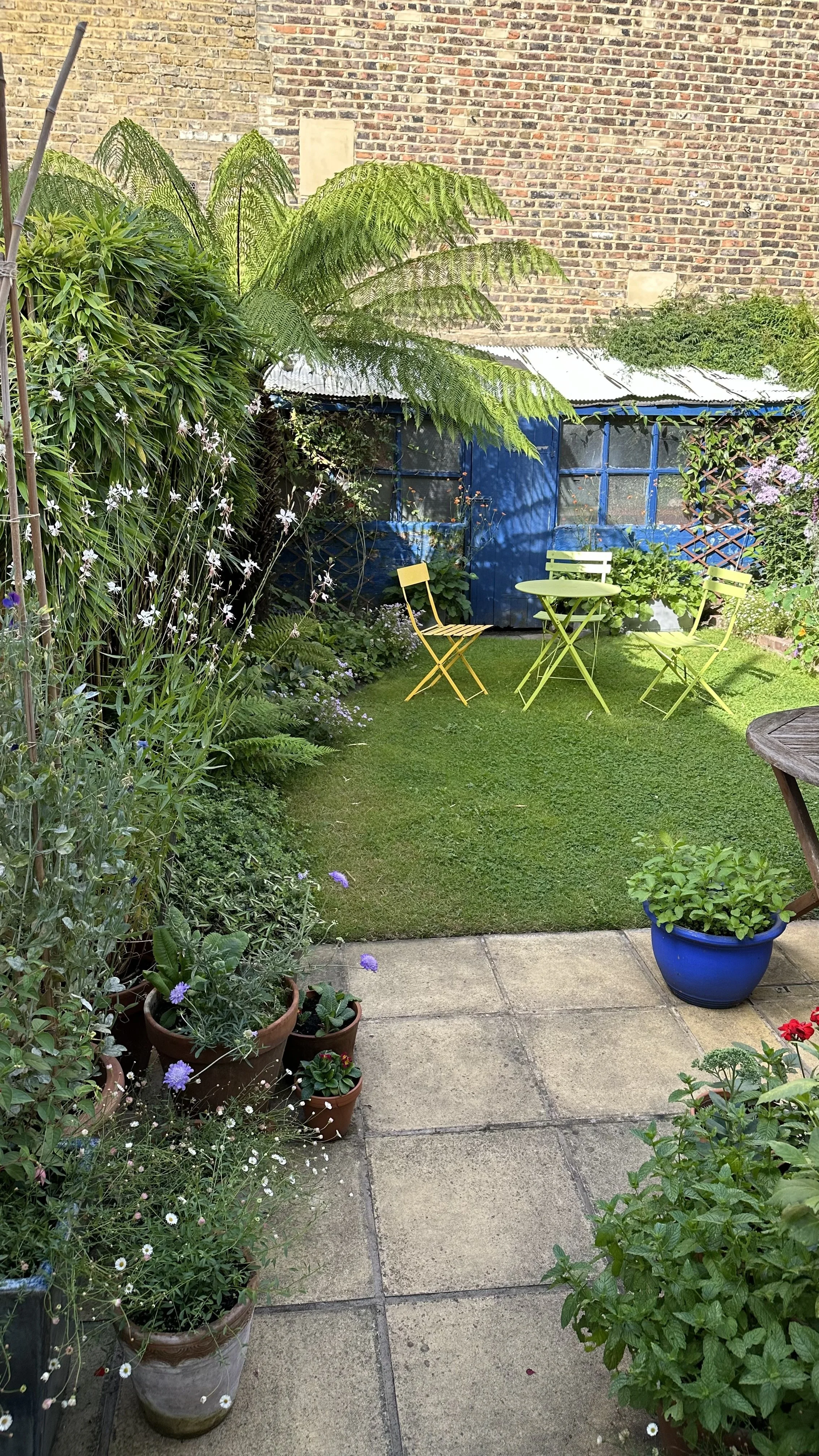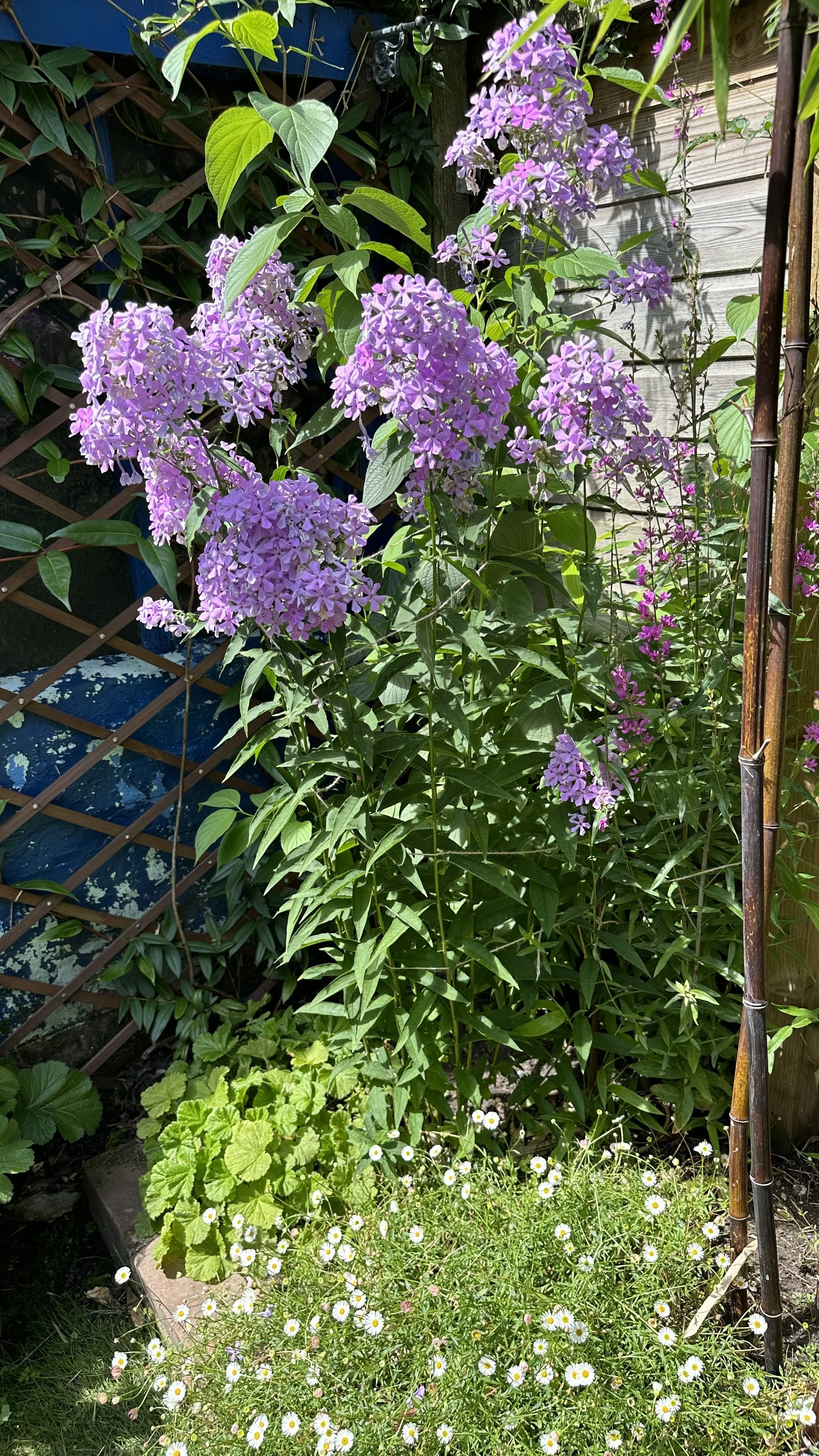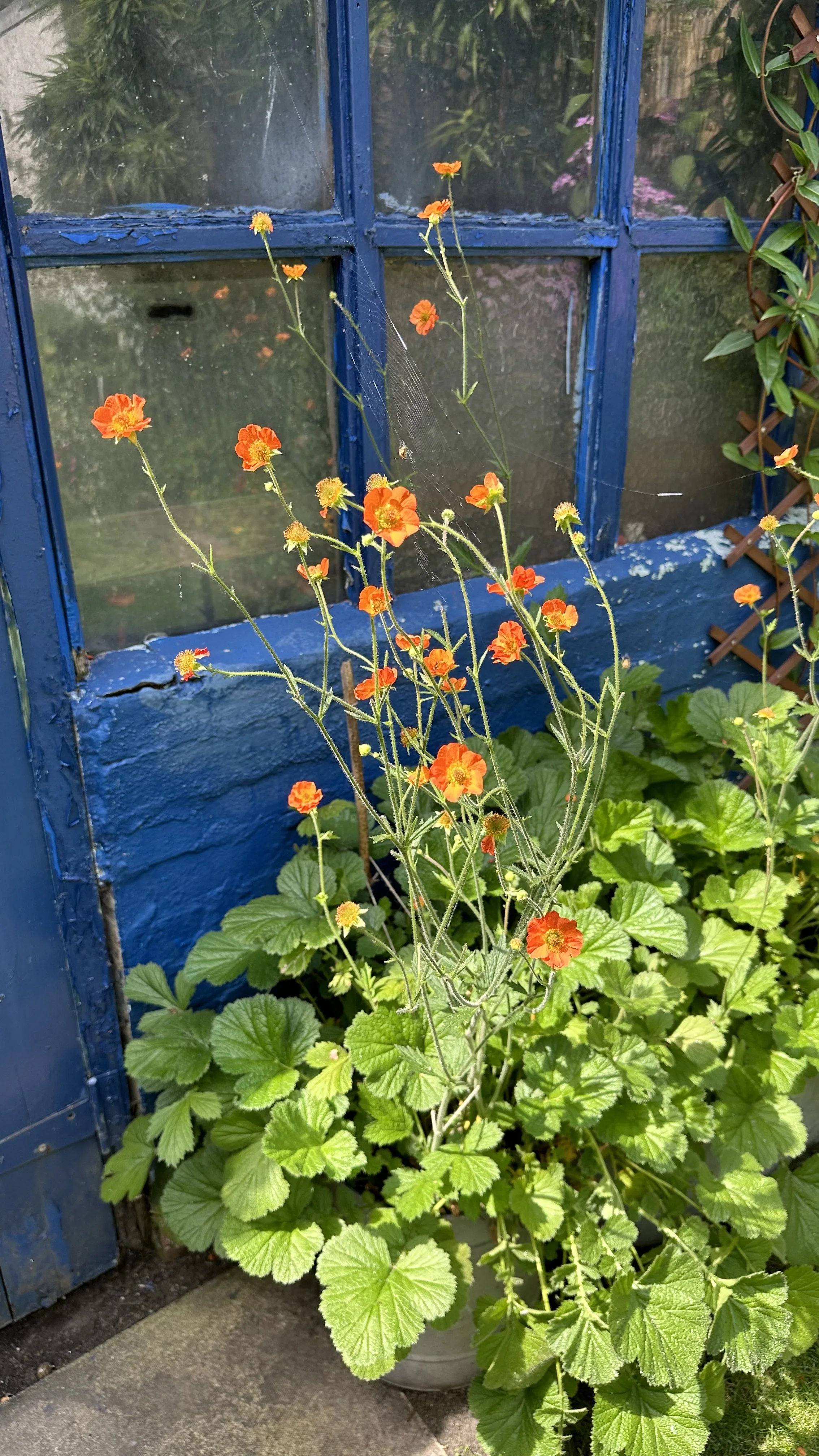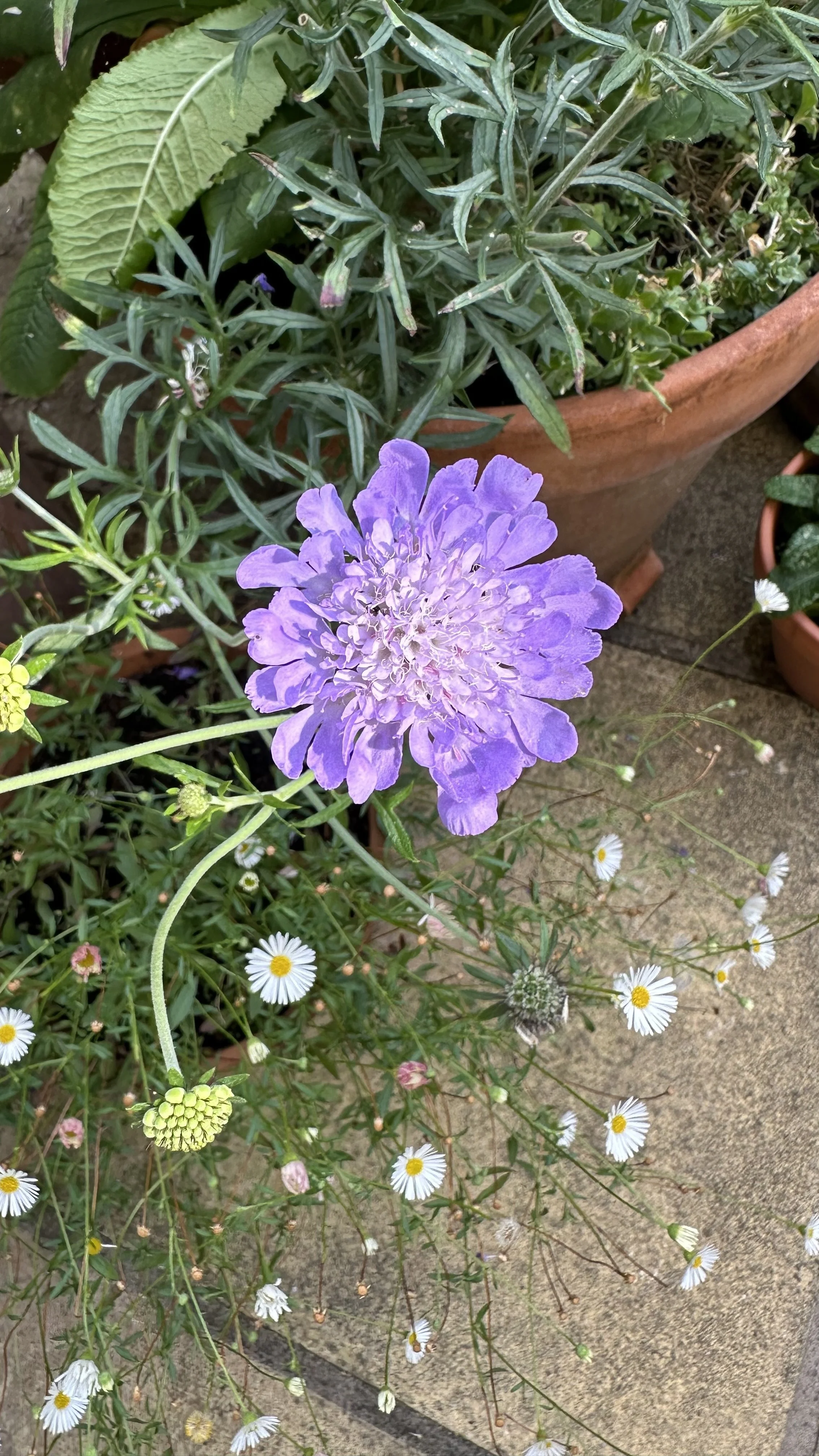Simple Guide to Gardening Terms for Beginners
This website is reader-supported - thank you! This post may contain affiliate links. As an Amazon Associate, I earn from qualifying purchases at no extra cost to you.
When I first started gardening, I felt like I was learning a whole new language.
The gardening world has its own set of terms, and if you're just starting out, it can feel a bit overwhelming.
In this guide, I’ll walk you through some of the most common gardening terms so that next time you're chatting with fellow gardeners, you'll know exactly what they're talking about!
For more tips, check out my guides:
Common Gardening Terms You Should Know
Let’s start with the basics.
Below are some of the most important terms I’ve come across, and trust me, once you get a handle on them, gardening becomes a lot more enjoyable.
1. Integrated Pest Management (IPM)
You’ll hear this term a lot when it comes to pest control.
Integrated Pest Management (IPM) is an eco-friendly approach to controlling pests, using a combination of biological, cultural, mechanical, and chemical tools to manage pest populations.
It prioritizes keeping plants healthy through practices like crop rotation and choosing pest-resistant varieties, while minimizing chemical use.
Biological control (introducing beneficial insects), mechanical control (like hand-picking pests or using barriers), and, if necessary, selective chemical treatments are employed in a balanced way to manage pest populations.
IPM helps reduce reliance on harmful pesticides and promotes a more sustainable, healthier garden environment.
2. Increase Soil Fertility
You might hear someone say they need to “increase soil fertility.”
This is just a fancy way of saying that the soil needs more nutrients.
Increasing soil fertility is all about boosting the nutrient content and overall health of your soil to ensure your plants have the best possible environment to grow.
The most effective way to do this is by adding organic matter, such as compost, manure, or worm castings, which enrich the soil with essential nutrients like nitrogen, phosphorus, and potassium.
These nutrients are crucial for plant growth, supporting everything from root development to leaf production.
In addition to adding nutrients, organic matter improves soil structure, helping it retain moisture while also allowing for proper drainage.
This, in turn, encourages beneficial microorganisms and earthworms that further enhance soil health.
Regularly replenishing your soil with organic material not only boosts fertility but also helps maintain a balanced ecosystem in your garden, leading to healthier plants and better yields.
To learn more about this, check out my guide: How to Start Composting in a Tumbler.
3. Organic Matter vs. Organic Material
While the terms "organic matter" and "organic material" are often used interchangeably, they refer to different stages of decomposition in gardening.
Organic material includes any plant or animal material, whether it's fresh or partially decomposed, such as leaves, grass clippings, or kitchen scraps.
It's essentially the raw material that will eventually break down and contribute to soil health.
On the other hand, organic matter refers specifically to material that has fully decomposed into humus—a stable, dark substance that enriches soil with nutrients and improves its structure.
Organic matter plays a critical role in increasing soil fertility, enhancing water retention, and fostering a thriving ecosystem of microorganisms.
Incorporating both organic material and organic matter into your garden helps create a healthy, nutrient-rich environment for your plants to thrive.
4. Growing Season
The growing season refers to the period of time each year when the weather conditions are ideal for plants to grow, typically defined by the time between the last frost in spring and the first frost in fall.
The length of the growing season varies greatly depending on your location and climate zone.
In warmer regions, the growing season can last nearly year-round, while in colder climates, it may be limited to just a few months.
Understanding the growing season in your area is crucial for planning when to plant, as some crops require a long season to mature, while others are better suited to shorter growing periods.
By knowing your growing season, you can choose the right plants for your garden, time your plantings to maximize yields, and avoid frost damage to tender plants.
In some cases, you can extend your growing season by using techniques like cold frames, greenhouses, or planting frost-tolerant crops.
5. Ground Cover
Ground cover refers to low-growing plants that spread across the soil, providing a protective layer that offers several benefits to your garden.
These plants help reduce soil erosion by keeping the soil intact, especially during heavy rains.
They also act as a natural weed suppressant by blocking sunlight from reaching weed seeds, reducing the need for manual weeding or herbicides.
Ground cover plants, such as clover, creeping thyme, or ivy, also play a role in conserving moisture, as they shade the soil and slow down evaporation, which can be especially helpful in hot, dry climates.
Additionally, many ground covers can improve soil fertility by adding organic matter when their leaves decay, and some, like legumes, even fix nitrogen in the soil.
Whether you're looking to cover bare spots, protect your soil, or add aesthetic value, ground cover plants are a practical, low-maintenance solution for any garden.
Check out my guide: Erigeron Karvinskianus: Growing Ground Cover for Pollinators.
Plant Anatomy Terms
Understanding plant anatomy can really help when you're figuring out what’s going on with your plants.
Here are a few key terms to know:
1. Growing Point
The growing point, also known as the apical meristem, is the part of the plant where new growth occurs.
It is located at the tips of shoots and roots, as well as at the buds of stems, and is responsible for producing new cells that allow the plant to grow taller, produce new leaves, and develop flowers or fruit.
The growing point plays a critical role in how a plant develops and responds to pruning or damage.
For example, when you prune a plant by cutting just above the growing point, it can encourage the plant to branch out and become bushier, since cutting the tip redirects energy to the side shoots.
This is also important in root growth, where the growing points help plants search for water and nutrients deep in the soil.
Protecting these delicate areas is essential for maintaining healthy plant growth, as damage to a growing point can slow down or even stop the development of that part of the plant.
2. Storage Organ
Ever wondered how plants survive through the winter?
Many plants have storage organs, such as bulbs or tubers, which store energy for the plant to use when conditions aren’t ideal for growth.
A storage organ is a specialized part of a plant that stores nutrients and energy to help the plant survive through periods of dormancy, drought, or unfavorable growing conditions.
These organs are typically found underground and include structures like bulbs, tubers, rhizomes, and corms.
Common examples of plants with storage organs are onions (bulbs), potatoes (tubers), and ginger (rhizomes).
These storage organs allow plants to store essential carbohydrates, water, and nutrients, which can be used when the plant is not actively growing, such as during winter or dry spells.
They also play a crucial role in plant reproduction.
For instance, when conditions improve, the plant can draw on the stored energy to quickly regrow and produce new shoots, flowers, or roots.
Understanding storage organs is important for tasks like overwintering plants, dividing perennials, or growing plants from cuttings.
Proper care of these organs, such as storing bulbs in a cool, dry place during their dormant phase, ensures that the plant will thrive again in the next growing season.
To learn more about growing bulbs, check out my guides:
The Top 3 Bulbs that Flower in Winter
Can I Plant Tulip Bulbs in the Spring?
3. Worm Castings
Worm castings are basically worm poop, but don’t let that put you off—they're a fantastic natural fertilizer!
Worm castings, often referred to as "black gold" by gardeners, are the nutrient-rich waste produced by earthworms as they digest organic material.
These castings are essentially worm manure and serve as one of the best natural fertilizers for plants.
Worm castings are packed with essential nutrients like nitrogen, phosphorus, and potassium, which are vital for healthy plant growth.
They also contain beneficial microorganisms that enhance soil structure, promote better root development, and improve water retention.
Unlike synthetic fertilizers, worm castings release nutrients slowly, providing a steady supply of nourishment over time, reducing the risk of nutrient leaching or plant burn.
Additionally, worm castings improve soil aeration and create a balanced pH environment, making them ideal for a wide variety of plants, from houseplants to garden vegetables.
You can either buy worm castings or set up your own vermicomposting system at home, where worms break down kitchen scraps into this valuable soil amendment.
Adding worm castings to your soil or compost pile can significantly boost plant growth and overall soil health.
These are my favorite worm castings:
For more tips, check out my guide:
Planting and Growing Essentials
When you’re new to gardening, there are some key terms related to planting that you’ll want to know.
1. Frost Date
The frost date refers to the estimated date of the last frost in spring or the first frost in fall, marking key points in the gardening calendar.
Knowing your local frost dates is essential for planning when to plant and harvest, as frost can severely damage or kill tender plants.
The last frost date in spring signals when it's generally safe to plant frost-sensitive crops like tomatoes, peppers, and annual flowers, while the first frost date in fall helps you decide when to harvest summer crops or protect cold-sensitive plants from freezing temperatures.
Frost dates vary significantly depending on your climate zone and elevation, so it’s important to check a local frost date calendar or gardening resources for accurate information.
Additionally, microclimates within your garden—such as sheltered areas near buildings or slopes—can also affect frost timing.
To further extend the growing season, gardeners often use techniques like row covers, cold frames, or mulching to protect plants from unexpected frosts.
By understanding and planning around frost dates, you can avoid the risk of losing plants to the cold and ensure a successful growing season
2. Companion Planting
Companion planting is the practice of growing different plants together to help each other out.
For example, planting marigolds with tomatoes can help deter pests.
The idea is that certain plants have complementary relationships, whether by repelling harmful insects, attracting beneficial pollinators, or improving soil health.
For example, marigolds are often planted with vegetables because their scent helps deter common pests like aphids and nematodes.
Similarly, basil planted alongside tomatoes can enhance flavor and repel mosquitoes and flies.
Legumes, such as beans and peas, are another popular companion because they fix nitrogen in the soil, making it more fertile for plants that require higher nitrogen levels.
Beyond pest control and nutrient enhancement, companion planting can also help optimize space in a garden, allowing taller plants to provide shade for smaller, sun-sensitive crops.
This method fosters a more diverse, self-sustaining garden ecosystem, reducing the need for chemical inputs and promoting healthier plant growth.
Understanding which plants thrive together can make your garden more productive and resilient, while also reducing labor and enhancing its overall health.
For more companion planting tips, check out my guides:
3. Compost
Compost is decomposed organic material that adds nutrients back into the soil.
It’s a great way to recycle your kitchen scraps and garden waste into something beneficial for your plants.
It’s often called "black gold" by gardeners because of its incredible ability to improve soil health and promote plant growth.
Compost works by replenishing the soil with essential nutrients like nitrogen, phosphorus, and potassium, which plants need to thrive.
Additionally, it enhances soil structure, improving its ability to retain moisture while also increasing aeration.
The organic matter in compost fosters a healthy environment for beneficial microorganisms, such as bacteria and fungi, which break down nutrients into forms that plants can easily absorb.
Composting at home is a sustainable way to recycle kitchen scraps, like fruit peels, coffee grounds, and vegetable leftovers, as well as garden debris, such as grass clippings and dead leaves.
When incorporated into garden beds, around trees, or mixed into potting soil, compost helps reduce the need for synthetic fertilizers and promotes long-term soil fertility.
Regularly adding compost to your garden can improve plant health, boost yields, and support a more eco-friendly gardening practice.
To learn more, check out my guide:
Wrap-Up
Gardening may seem overwhelming at first, but understanding these common terms makes the process a lot easier and more enjoyable.
As you work through your first year, you’ll start to recognize how different factors like soil health, pest control, and plant relationships impact the overall success of your garden.
Every plant has a life cycle—from seed to new flower to fruit—and by learning when to plant, how to care for the soil, and how to support beneficial insects, you can make the most of the plants grown in your space.
Usually, each season brings its own challenges and rewards, but with a bit of knowledge and patience, you'll soon see your garden thriving.
Gardening is a continuous learning experience, and understanding these foundational concepts is key to growing a healthy, productive garden year after year.
Love this guide?
Pin it to save for later!
























